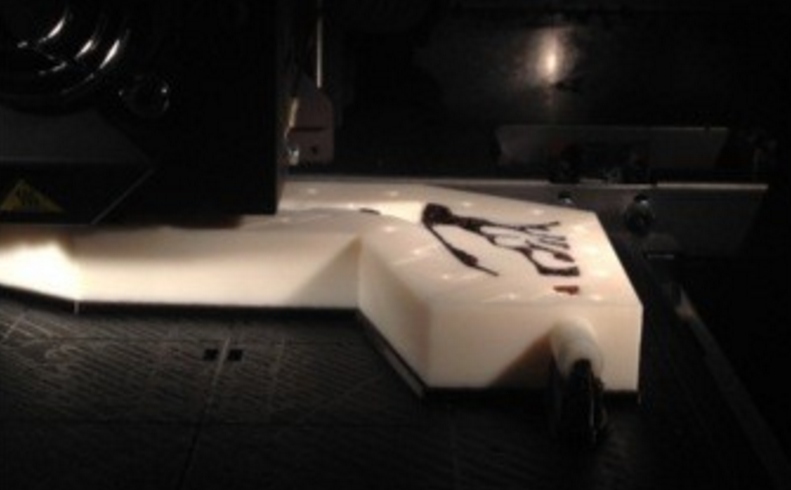 My mother and her friends have serious affinity for couscous, whether it’s simple and steamed, in a salad with raisins and onions, or stuffed into something, heavy on the spices. It never fails though, that every time I share these recipes at her dinner table, we end up talking and laughing, and I end inhaling several of those insidious little pieces of buttery semolina wheat.
My mother and her friends have serious affinity for couscous, whether it’s simple and steamed, in a salad with raisins and onions, or stuffed into something, heavy on the spices. It never fails though, that every time I share these recipes at her dinner table, we end up talking and laughing, and I end inhaling several of those insidious little pieces of buttery semolina wheat.
It takes a little while to recover from dinner going into your lungs, and it can be scary–as well as deadly in some extreme cases. Your body is designed to keep that from happening though, which is why we generally survive each meal with ease–and enjoyment. And how the food goes down is a big part of why you enjoy it so very much.
Those who enjoy their meals the most eat slowly, discovered researchers and engineers from Penn State, Yale University, and Stanford University who wanted to know exactly how your body makes these decisions, discriminating between where air and food go. ‘Optimal directional volatile transport in retronasal olfaction’ is a paper just published in PNAS and authored by Rui Ni, Mark H. Michalski, Elliott Brown, Ngoc Doan, Joseph Zinter, Nicholas T. Ouellette, and Gordon M. Shepherd.
The whole point of the study by this group of engineers and researchers supported by The National Institutes of Health and the National Science Foundation was to ‘analyze adaptations of the human airway’ and to show how the structure of the back of the mouth allows us to identify subtle variations in food. In order to get a better–and more tangible–look at what actually happens, the researchers made a 3D printed model to examine the differences between retronasal and orthonasal flow more closely.
“During quiet breathing, there is no valve that can control the direction of volatile transport,” said Rui Ni, assistant professor of mechanical engineering at Penn State. “However, something must be controlling the movement of these particles and keeping them out of the lungs.”
By using a CT image of the orthonasal airway from a healthy patient to create a 3D model, the researchers were able to see that when a person is in the process of eating and breathing, food is not carried into the lungs due to the temporary creation of an air curtain. This ‘partition’ forges a connection between the oropharynx and the back of the mouth.
With the 3D printed model, researchers were able to understand why we don’t breathe our food in, as well as seeing how the process works in allowing the human body to become stimulated by smell and taste, all part of activating the appetite and ensuing eating process properly.“In contrast, during exhalation, the flow preferentially sweeps through this virtual cavity and effectively enhances the entrainment of food volatiles into the main retronasal flow,” state the researchers in their paper.
“This study provides the first experimental evidence, to our knowledge, for adaptations of the geometry of the human oropharynx for efficient transport of food volatiles toward the olfactory receptors in the nasal cavity.”
While this process has of course been studied over time, the problem has been in getting a concise look at the path from the back of the mouth to the nose. In making the 3D printed model, the team was able to create a complete schematic of the entire airway. It was so realistic, in fact, that they were able to test airflow in and out of the device. Their findings are fascinating in that what happens is, upon mastication, all the particles flow to the back of the mouth to a side cavity near the air curtain. When one breathes in and out, olfactory cells are activated by how slow or fast one is breathing.
“Smooth, relatively slow breathing maximizes delivery of the particles to the nose,” said Ni. “Food smells and tastes better if you take your time.”
It’s probably common sense to take your time when you eat, but now we know that it actually makes the meal much better all around. These researchers have proven that due to optimization of ‘the unsymmetrical transport effect’ from calm breathing, particles move in such a fashion that you receive greater smell and appreciate more taste. In a world that’s full of rush-rush, go-go, this should be a great reminder to take some time out from working and multi-tasking not just to smell the roses, but to smell–and taste–your food properly too. Discuss this story in the 3D Printing and Food forum thread on 3DPB.com.
Subscribe to Our Email Newsletter
Stay up-to-date on all the latest news from the 3D printing industry and receive information and offers from third party vendors.
You May Also Like
3D Printing Unpeeled: New Arkema Material for HP, Saddle and Macro MEMS
A new Arkema material for MJF is said to reduce costs per part by up to 25% and have an 85% reusability ratio. HP 3D HR PA 12 S has been...
3D Printing News Briefs, January 20, 2024: FDM, LPBF, Underwater 3D Printer, Racing, & More
We’re starting off with a process certification in today’s 3D Printing News Briefs, and then moving on to research about solute trapping, laser powder bed fusion, and then moving on...
3D Printing Webinar and Event Roundup: December 3, 2023
We’ve got plenty of events and webinars coming up for you this week! Quickparts is having a Manufacturing Roadshow, America Makes is holding a Member Town Hall, Stratafest makes two...
Formnext 2023 Day Three: Slam Dunk
I’m high—high on trade show. I’ve met numerous new faces and reconnected with old friends, creating an absolutely wonderful atmosphere. The excitement is palpable over several emerging developments. The high...

































